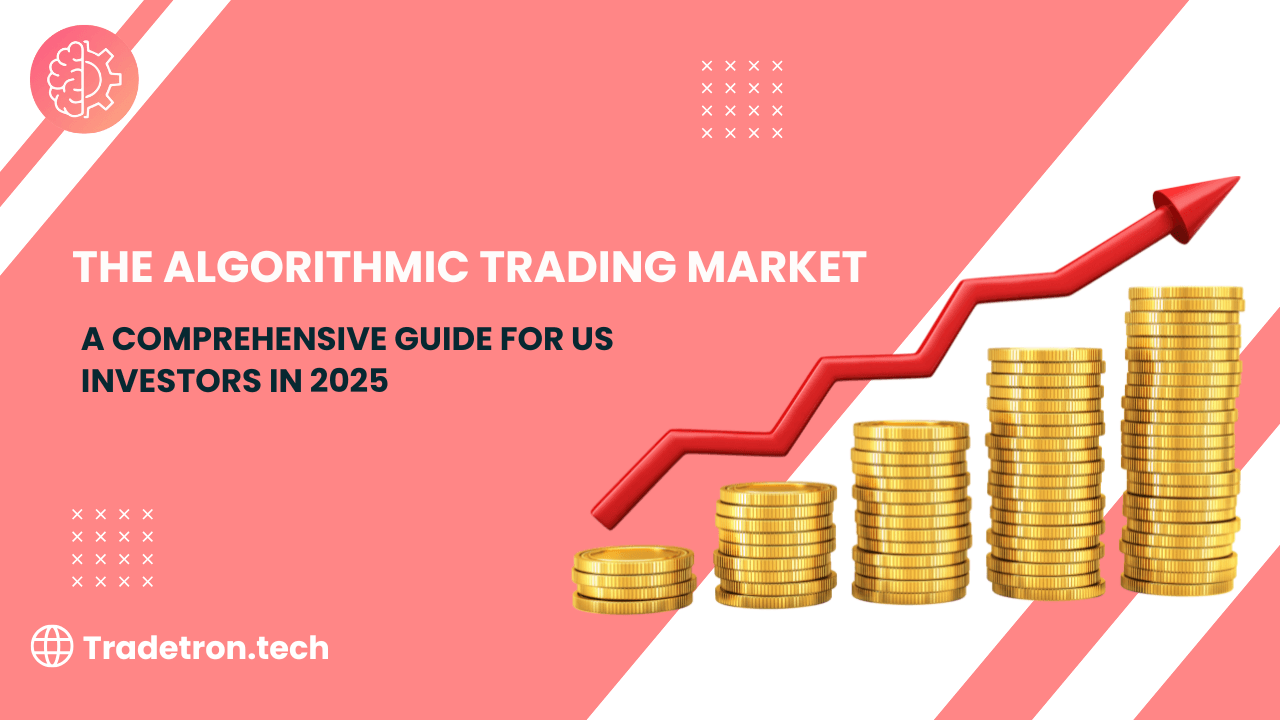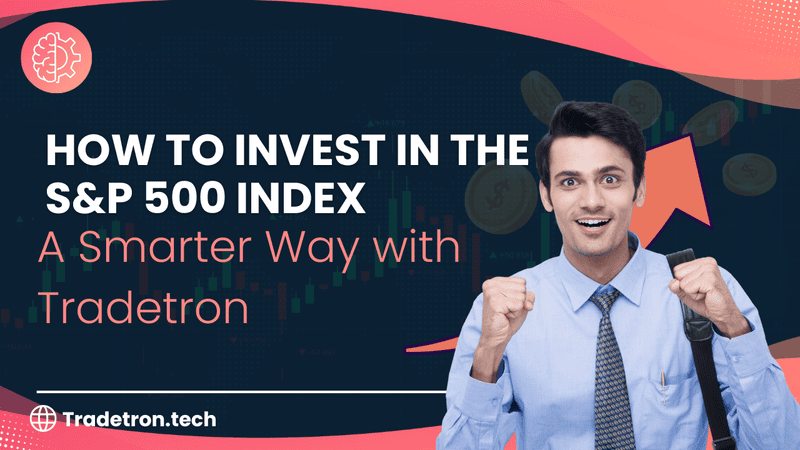
The algorithmic trading market has revolutionized how financial transactions occur, with sophisticated computer programs now executing millions of trades per second across global markets. As we move through 2025, understanding this dynamic landscape has become crucial for both institutional investors and retail traders looking to stay competitive in modern financial markets.
What is Algorithmic Trading?
Algorithmic trading, also known as algo trading or automated trading, uses computer programs to execute trades based on pre-defined criteria such as timing, price, quantity, or complex mathematical models. These systems can analyze multiple market conditions simultaneously and execute orders at speeds impossible for human traders.
The technology eliminates emotional decision-making and can capitalize on market opportunities in milliseconds, making it an essential tool in today’s fast-paced trading environment.
Current State of the Algorithmic Trading Market
Market Size and Growth Projections
The global algorithmic trading market continues its impressive expansion, driven by technological advancements and increasing adoption across various asset classes. Key market segments include:
- Equity Markets: Representing the largest share of algorithmic trading volume
- Foreign Exchange: High-frequency trading dominates forex markets
- Fixed Income: Growing adoption in bond and treasury markets
- Commodities: Increasing algorithmic participation in futures markets
- Cryptocurrency: Rapid growth in digital asset algorithmic trading
Geographic Distribution
The United States remains the largest market for algorithmic trading, accounting for a significant portion of global trading volume. Major financial centers like New York, Chicago, and San Francisco serve as hubs for algorithmic trading innovation and execution.
Key Drivers of Market Growth
1. Technological Advancements
- Artificial Intelligence & Machine Learning: Modern algorithms adapt to changing market conditions and improve trading performance.
- Cloud Computing: Scalable infrastructure allows smaller firms to access advanced trading capabilities.
- Low-Latency Networks: Ultra-fast connections enable microsecond execution times for HFT strategies.
2. Regulatory Environment
- SEC oversight of algorithmic trading systems
- Market maker obligations and circuit breakers
- Risk management requirements for automated systems
- Transparency in algorithmic trading disclosures
3. Cost Efficiency
- Reduced transaction costs through optimal execution
- Lower operational expenses compared to manual trading
- Improved risk management through automated controls
- Enhanced market liquidity provision
Types of Algorithmic Trading Strategies
High-Frequency Trading (HFT)
HFT strategies execute thousands of trades per second, profiting from tiny price discrepancies. These systems require ultra-low latency infrastructure, advanced risk management, and significant technological investment.
Statistical Arbitrage
These strategies identify and exploit statistical relationships between securities using mean reversion models, pairs trading, and market-neutral approaches.
Trend Following
Automated systems that identify and follow market trends using technical indicators, price momentum signals, and breakout patterns.
Market Making
Algorithms that provide liquidity by continuously quoting bid and ask prices, capturing spreads, reducing market impact, and improving efficiency.
Benefits for Different Market Participants
Institutional Investors
- Execution quality with minimal market impact
- Lower transaction costs
- Automated risk controls
- 24/7 operations across global markets
Retail Traders
- Access to professional-grade tools
- Emotion-free trading decisions
- Backtesting with historical data
- Diversification across markets
Market Ecosystem
- Improved liquidity from market makers
- Faster price discovery
- Tighter bid-ask spreads
- More efficient markets
Current Challenges and Risks
Market Volatility
- Flash crashes and sudden spikes
- Coordinated algorithmic selling
- Liquidity disappearance during stress
Technology Risks
- System failures and programming errors
- Cybersecurity threats
- Latency and infrastructure issues
Regulatory Compliance
- Adapting to evolving regulations
- Cross-border compliance complexities
- Audit trail and reporting requirements
Future Trends in Algorithmic Trading
Artificial Intelligence Integration
- Natural language processing for news analysis
- Deep learning for pattern recognition
- Reinforcement learning for strategy optimization
Alternative Data Sources
- Satellite imagery
- Social media sentiment analysis
- Economic indicator predictions
- Supply chain data
Democratization of Technology
- Cloud-based platforms
- No-code algorithm builders
- Affordable market data feeds
- Community-driven strategy sharing
Conclusion
The algorithmic trading market represents a fundamental shift in how financial markets operate. For US investors, understanding this landscape is essential to stay competitive. While it offers advantages in execution speed, cost efficiency, and emotion-free decision making, it also introduces risks. Success requires combining technology, knowledge, and risk management.
Frequently Asked Questions (FAQs)
How much will the global algorithmic trading market be worth in 2025?
It is projected to reach approximately USD 24.3 billion by 2025.
What was the value of the global algorithmic trading market in 2024?
Around USD 20.1 billion, showing strong YoY growth.
At what CAGR will the market grow from 2025–2030?
At an expected CAGR of 12.8%, driven by automation and AI integration.
Which is the fastest growing deployment segment?
Cloud-based deployment, offering scalability and cost efficiency.
What is the key factor driving market growth?
Demand for faster execution and reduced costs, supported by AI and ML adoption.
Who are the top players in the market?
Leading investment banks, hedge funds, fintech firms, and trading tech providers dominate the space.



 Made with Superblog
Made with Superblog